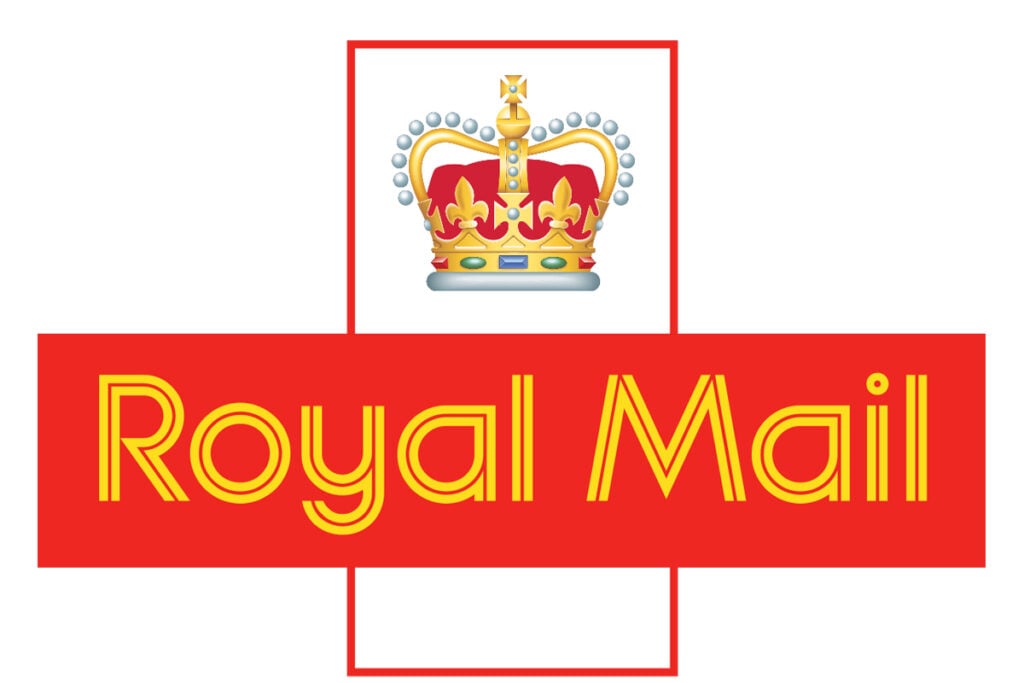A third (30%) of Australians buy from the UK. Of these shoppers, the average spent is £39 per month on UK sites, says a new study by Royal Mail.
The majority (81%) of Australian shoppers use digital marketplaces, compared to 61% of their counterparts in the UK, suggests research released today by the delivery supplier.
When asked to name their favourite marketplace, Australians say eBay is a marketplace of their choice, followed by Gumtree, and Amazon.
Online shoppers in Australia say that they’re looking for “inspiration” as well as “value for money” when shopping on UK sites. “Delivery experience” is also of importance. Three quarters (75%) consider delivery ratings “influential” when shopping online. That’s less of significance (58%) for UK consumers.
Australian customers say they’re “keen” to purchase from UK sites. Some 30% of Australians are already buying UK goods, citing “availability” and “love” for British brands. The majority (80%) trust British brands to be “genuine.” Some 76% of Aussies buy UK products if they can’t find them locally. Whereas, 46% of the same group seek out sale items exclusive in the UK.
Australians spend on average $132 (£73) per month on online sites. This is 83% of their total bill spending, up from 71% in 2015. Clothing (39%), books (24%) and travel products (17%) are their top three categories for online purchasing.
Delivery importance
Noting the delivery importance, 73% of Australians say they would track every item if the service was available. Almost three quarters (74%) wouldn’t shop with a seller following a difficult returns experience. That’s up, compared to an international average of 66%.
Australians like to have total control of their goods’ delivery. Sellers aiming to take a hold of the market should consider their customers wants, needs and desires.
Following the research’s findings, Royal Mail developed a new tracking returns service. The new solution aims to give customers confidence and provide peace of mind, alongside giving merchants greater visibility of their stock.
How the Tracked Returns service operates
- Royal Mail sets retailers up on a returns portal
- The retailer designs a branded returns page and directs customers to its page by providing them with a web link
- Customers can access the returns site, and once they have inputted their details online they receive a confirmation email
- The email contains a link to download the returns label with instructions on how to post the return item
- The returns package is delivered using a tracked service provided by the local Postal Operator (Australia Post) to an in-country hub for transport back to the UK
- When returned items arrive in the UK, they are delivered to the designated ‘returns’ address via Royal Mail’s tracked domestic network
“Australia is an attractive market for exporters. The country has high internet penetration, widespread use the English as a main language and a high potential for international ecommerce sales. For UK businesses wanting to grow internationally, it’s important to understand the distinct shopping habits of consumers in different countries. At Royal Mail, we have experience delivering into 230 countries and territories worldwide. Retailers that tune into the different ways in which consumers shop across the globe, are likely to be more successful on an international scale.”
– spokesperson, Royal Mail
The Australian opportunity
The study shows an opportunity for UK merchants to attract Australians who already buy from the UK. Sellers who wish to move beyond their base can take advantage of the cross-border phenomenon to grow their businesses. This is a great incentive to add your UK products to Australian marketplaces such as eBay and Amazon, to capitalise on the already existing trend that’s seeing Australians buy from the UK.












2 Responses
Yes as an exporter to Australia for 15 years using our web and marketplace place platforms the Royal mail has made this very achievable .
However I’m surprised this article does not highlight the recent introduction of GST which is a speed hump for growth .
I’d welcome their feedback on how they can help and offer advice to companies who are on or approaching the threshold of when this kicks in for them
If someone can work out how to get a 30Kg HP Rackmount server into a jiffy bag, you’ve got a customer in waiting here 🙂